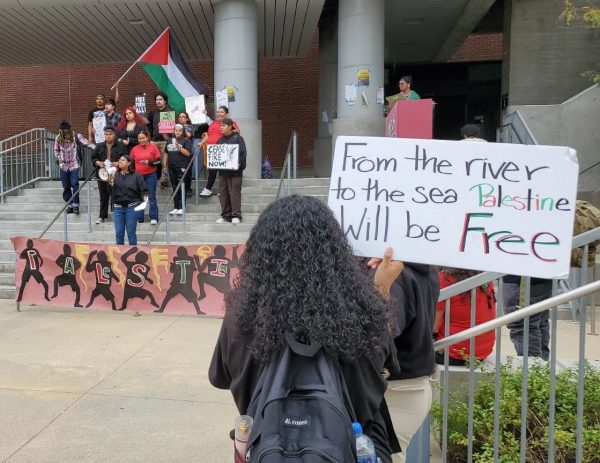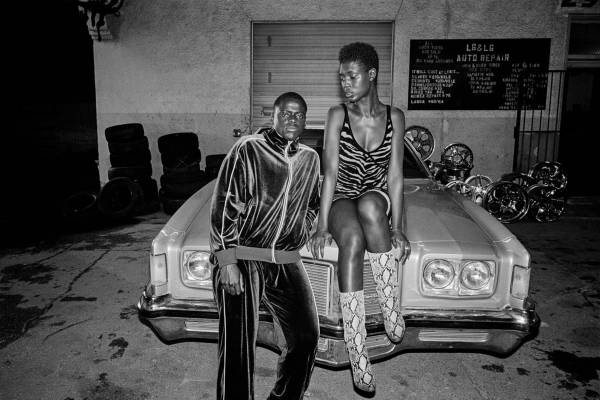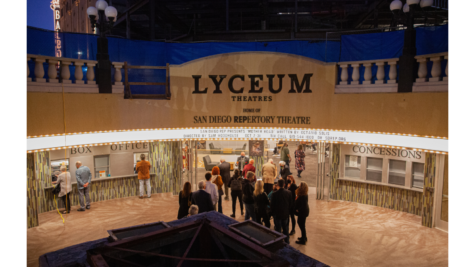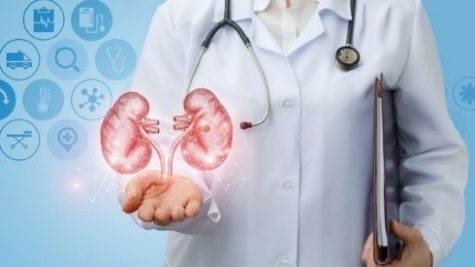Editorial: Refreshing wastewater
December 9, 2014
With one of the worst droughts crumbling the state of California to its roots, the San Diego City Council approved a $3.5 billion recycled water project on Nov. 18 that will provide San Diegans with a reliable drought-proof and long-term water supply at the Point Loma Wastewater Treatment Plant.
After a long-envisioned sewage purification system that began in 2004, it was a 9-0 vote by the City Council to approve the project by the Pure Water San Diego Program that has addressed in previous years the need of having a locally controlled water supply – currently San Diego depends on importing 85 percent of its water from Northern California and the Colorado River.
According to NBC 7 San Diego, critics say that the city hasn’t explored enough alternatives or conservation measures and the project would crank up housing costs and encourage real estate speculation by developers. But with environmental groups like San Diego Coastkeeper and the Surfrider Foundation San Diego Chapter supporting the project that would put recycled wastewater into purified drinking water – it all points to what’s the best solution for San Diego?
The best solution is the recycled water project because it doesn’t make sense to keep spending money and energy to have water travel from hundred miles away and with no signs of relief throughout California during deadly droughts and winter non-existent with the recent climate change – it would benefit the City of San Diego to have an independent water supply.
The ‘toilet to tap’ phrase has been thrown out throughout the years and to the ears it sounds disgusting and raises questions: is it healthy?
First, in the primary treatment step, approximately half of the contaminants in the waste water are removed via mechanical and physical processes. Next comes secondary treatment, also known as “bug farming,” in which harvested microorganisms are used as a biological means for removing most of the remaining contaminants.
Finally, the water is filtered through sand before undergoing chemical disinfection in chlorine contact chambers which are used to kill any remaining microorganisms. Of course, nobody wants residual chlorine in any of their rivers or lakes. Therefore, the chlorine is removed with sulfur dioxide before the fresh “outfall” is released into our water supply and ecosystems.
As for the physical leftovers, biosolids can actually provide essential nutrients for healthy plant growth and agriculture or be made into compost for gardens, trees, lawns, parks and so forth.
Every source of water is recycled many times before it flows into your glass, according to the San Antonio Water System.
The new sewage purification system in Point Loma will do the same – only difference is that it is here locally rather hundred miles away. According to NBC 7 San Diego, experts say it’ll likely exceed current water quality standards and will supply about a third of the city’s daily needs and save money on wastewater treatment costs.
The City’s program to produce purified water for San Diegans is underway and with the goal to reach 83 million gallons of water a day by 2035.












